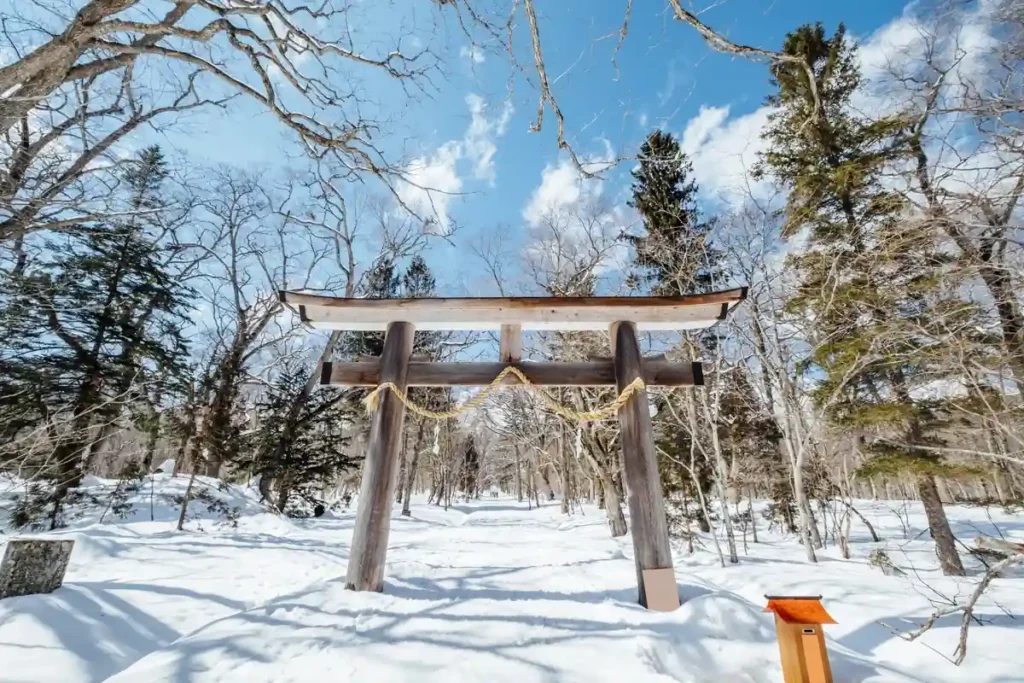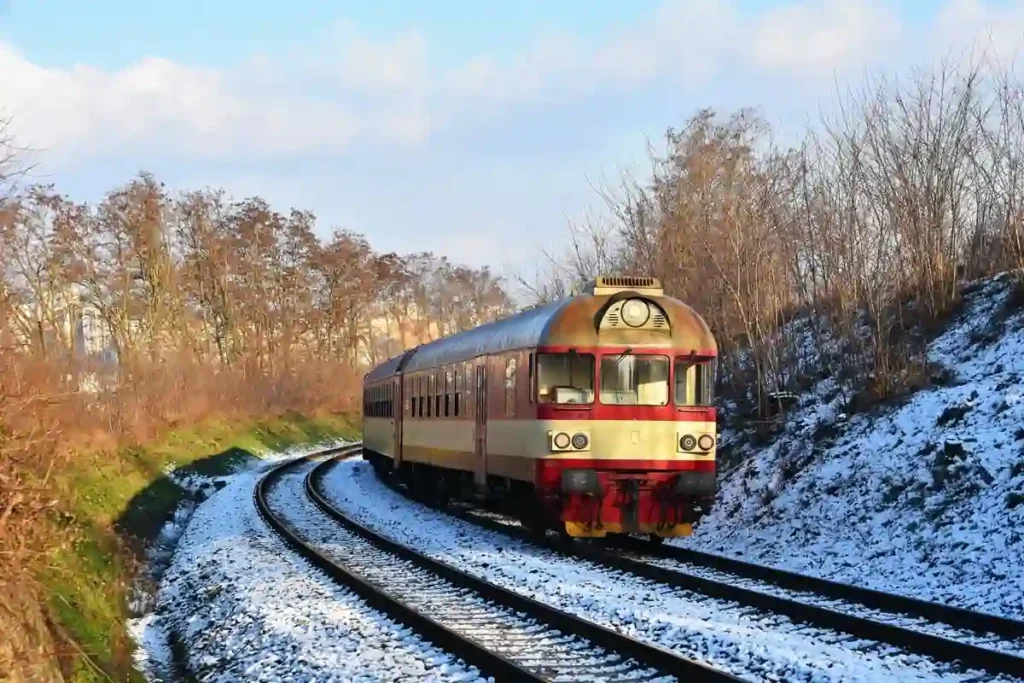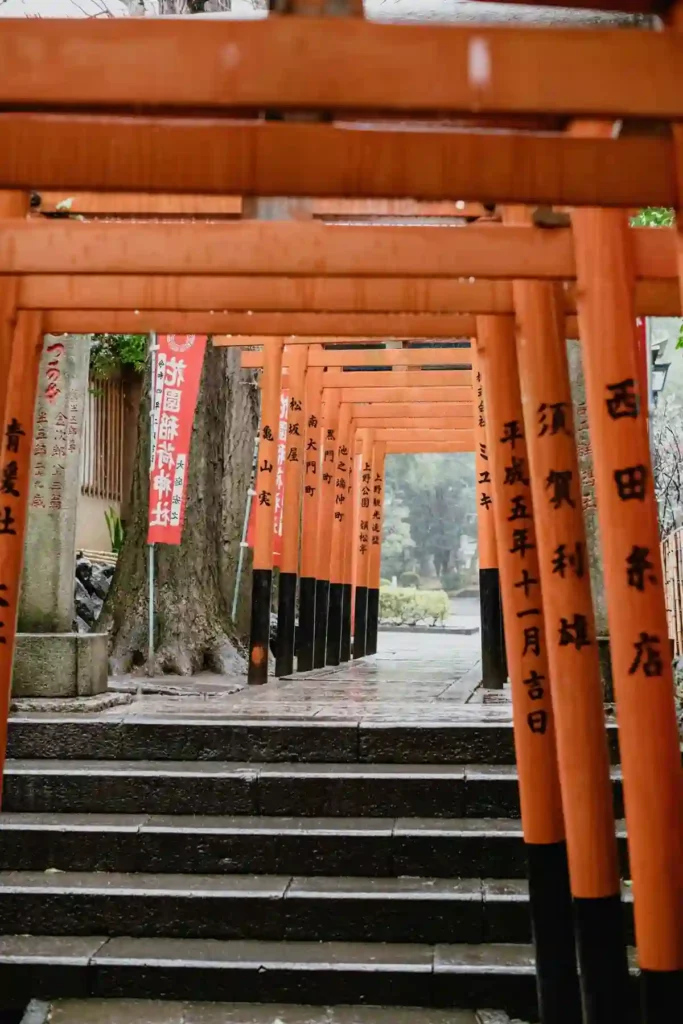Cheapest Time to Go to Japan + Off-Season Travel Tips to Save Big

Why Timing Your Japan Trip Matters
When I first started planning my Japan trip, I was hooked on cherry blossoms and neon cityscapes—but my wallet wasn’t. So, like anyone trying to make their yen go further, I began asking around. I asked everyone—friends, travel bloggers, even random Reddit threads. I slid into DMs, searched YouTube vlogs, and kept asking the same thing:
“If I want to explore Japan on a budget, when should I go?”
The answers surprised me. Turns out, Japan has these sweet off-season windows where everything—flights, hotels, attractions—is significantly more affordable. And what’s even better? You still get to experience the beauty of the country, just without the massive crowds and inflated prices.
Whether it’s sakura in spring, vibrant festivals in summer, fiery foliage in fall, or snow-dusted hot springs in winter—Japan shines year-round. But if you know when to go, you can travel smart and save big. Let’s break down the best off-peak months, flight hacks, and how to enjoy Japan on a budget.
Cheapest Time to Go to Japan: When You’ll Find the Best Deals and Smallest Crowds
Based on travel trends, airline pricing, and tourism flow, the cheapest months to travel to Japan are:
1. Mid-January to Early March (Winter)
After the busy New Year period, tourism drops dramatically. That’s when airfare and accommodation prices plummet, making it the most budget-friendly window.
- Pros:
- Rock-bottom flight and hotel prices
- Minimal tourist crowds
- Discounts on winter gear and shopping
- Cons:
- Very cold weather in northern regions
- Some attractions may be closed due to snow
Still, if you want to enjoy Japan’s stunning winter landscapes, hot springs, and snow festivals—this is your chance to do it cheaply.
2. Late May to Mid-June (Before Peak Rainy Season)
After Golden Week (a major Japanese holiday in early May), there’s a sweet travel window before the full onset of the rainy season.
- Pros:
- Pleasant temperatures
- Great for nature hikes and sightseeing
- Cheaper domestic travel and hotel rates
- Cons:
- Humidity starts to rise
- Occasional showers (bring an umbrella!)
For travelers seeking a peaceful, less-crowded experience—this is a fantastic time.
3. Late September to Mid-December (Autumn)
While fall is famous for its foliage, early autumn (September) and late fall (early December) are less busy, giving you better deals.
- Pros:
- Beautiful foliage in late November
- Mild weather
- Cheaper compared to cherry blossom season or peak fall weeks
- Cons:
- Typhoon risk in September (especially in southern Japan)
With proper planning, you can still enjoy the best of Japan’s fall charm without peak-season pricing.
Cheapest Time to Book Flights to Japan
To really save on airfare, follow these guidelines:

- Book 2–3 months in advance for international flights.
- Use flight tools like:
- Google Flights
- Skyscanner
- Momondo
• Avoid major Japanese holidays like New Year, Golden Week, and Obon, when prices and crowds are at their peak.
✈️ Pro Tip: Flying into secondary airports like Osaka Kansai (KIX) or Fukuoka can often be cheaper than Tokyo Haneda or Narita.
Before your trip, be sure to register your arrival details and immigration info on Visit Japan Web — the official portal for travelers entering Japan.
Budget Accommodation Tips in the Off-Season
During off-peak months, you’ll find:
- Up to 40–60% off hotel rooms
- Easier last-minute bookings
- Better rates for longer stays

Try these options for affordable stays:
- Business Hotels: APA Hotel, Toyoko Inn
- Capsule Hotels: Great for solo travelers
- Hostels & Guesthouses: Budget-friendly and social
- Airbnb: Best for families and long stays
Off-Season Japan Travel Tips
To make your budget go even further, here are some practical hacks:
Get a JR Pass Before Arrival
If you’re planning to move across cities (e.g., Tokyo to Kyoto), the Japan Rail Pass offers amazing value. Buy it before landing in Japan to save even more.

Travel with an IC Card
Cards like Suica or Pasmo help you save time and money on public transport.
Eat Like a Local
Skip fine dining and enjoy:
- Konbini (convenience store) meals
- Conveyor belt sushi (kaitenzushi)
- Local markets and food courts
Visit Free Attractions
Some of Japan’s best spots are free:
- Temples & Shrines (e.g., Senso-ji, Fushimi Inari)
- Public parks (Ueno Park, Yoyogi Park)
- Neighborhoods like Harajuku or Gion
Is Rainy Season Worth It?
Japan’s rainy season, known as Tsuyu, typically spans from mid-June to mid-July—a period often overlooked by tourists. But for budget-conscious travelers, the rainy season is an underrated opportunity to explore Japan for less.

- Low tourist flow
- Cheap rates on everything
- Lush greenery and beautiful hydrangeas
Just pack a lightweight raincoat and waterproof shoes, and you’ll be fine.
Quick Comparison of Peak vs. Off-Season
| Factor | Peak Season (Apr, Aug, Nov) | Off-Season (Jan, Jun, Sept) |
| Flights | $$$ | $ |
| Hotels | High | Low |
| Attractions | Crowded | Peaceful |
| Weather | Mild to hot | Cold or rainy |
| Deals & Discounts | Rare | Frequent |
Final Thoughts: Why You Should Visit Japan Off-Season
Visiting Japan during the off-season doesn’t mean sacrificing the experience—if anything, it makes it richer and more personal. In fact, it allows you to:
- Explore more with less stress
- Capture better photos without crowds
- Discover authentic local life
- Save hundreds of dollars
Whether you’re chasing temples in Kyoto, eating ramen in Osaka, or soaking in an onsen in Hokkaido—timing is everything.
By planning your 2025 Japan trip during the off-season, you’re not just saving money—you’re unlocking a deeper, more relaxed version of Japan.
Planning your first visit to Japan? Our Step-by-Step Travel Guide to Japan walks you through everything—from visa requirements and packing tips to cultural etiquette and budgeting for each season.
If you’re considering a spring visit instead, learn how to perfectly time your trip with our Cherry Blossom Season in Japan: Complete Travel Guide for bloom forecasts, top viewing spots, and cultural tips.
Planning a winter trip? Don’t miss the magical experience of seeing Japanese macaques soaking in hot springs—read The Ultimate Guide to Snow Monkey Park Japan: What to Know Before You Go for tips, access info, and the best viewing times.
Frequently Asked Questions
1. When is the most affordable time to travel to Japan in 2025?
The cheapest months to visit Japan are typically January, February, and early March, right after the New Year holiday rush. These months offer the lowest flight and hotel prices, especially for destinations like Tokyo, Osaka, and Sapporo.
2. Is Japan worth visiting during the rainy season?
Yes, the rainy season (Tsuyu) from mid-June to mid-July is a great time for budget-conscious travelers. While you might face occasional showers, this period brings fewer crowds, lush landscapes, and great deals on flights and accommodation.
3. How much can I save by traveling to Japan off-season?
Traveling off-season can save you 30% to 50% on flights, accommodation, and even local tours. Capsule hotels, JR Passes, and off-peak city transport can stretch your travel budget significantly.
4. Are Japan’s major tourist attractions open during the off-season?
Yes, most of Japan’s top tourist attractions remain open year-round, even during the off-season. However, a few seasonal activities—like certain hiking trails, flower parks, or coastal spots—may be limited due to weather conditions. It’s always a good idea to check official websites before planning your visit.
5. What should I pack for off-season travel in Japan?
Pack layers, a light raincoat, waterproof shoes, and thermal wear if you’re visiting in winter. Don’t forget a travel adapter, IC card (Suica or Pasmo), and a small umbrella if you’re going during the rainy season.



